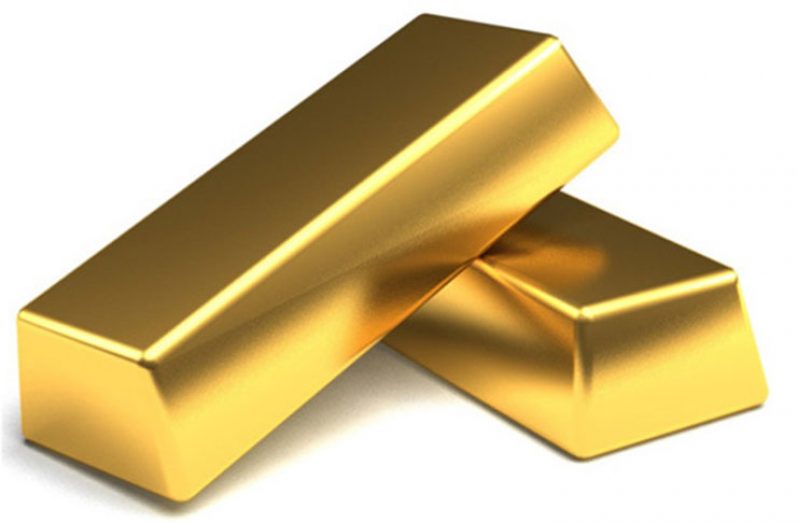GUYANA is among eight countries which will partner with the Conservation International /Global Environmental Facility (CI/GEF) programme, with the aim of ensuring mercury-free mining worldwide.
According to a release from CI, urgent action is needed to protect millions of men, women and children who are exposed to toxic levels of mercury through gold production every year. This is the main contention of the backers of the new $180M programme, in seeking to reform the artisanal and small –scale mining sector (ASGM).
The programme–the Global Opportunities for the Long-term Development of the ASGM Sector (GEF GOLD)-aims to reduce the use of mercury in artisanal gold mining, and introduce and facilitate access to mercury-free extraction methods, while at the same time working with governments to formalise the sector, promoting miner rights, safety and their access to markets.
In addition to Guyana, the programme spans several other countries including Burkina Faso, Colombia, Indonesia, Kenya, Mongolia, the Philippines and Peru.
The United Nations Development Programme (UNDP), the United Nations Environment Programme (UNEP) and the United Nations Industrial Development Organisation (UNIDO), are other partners in the programme.
“From smart phones to wedding rings, gold passes through all of our hands every day. But for most of us, the source of that gold, and its real cost, remains a mystery”, GEF Director of Programmes, Gustavo Fonseca said.
He noted that, “introducing safe, mercury-free technologies into the AGSM sector, will help provide a safe transition to job formality and dignified works for millions, while putting an end to the environmental impacts that can pave the way to sustainably produced gold.”
Every year, more than 2,700 tonnes of gold is mined around the world. Twenty per cent of that, over 500 tonnes annually, is produced by artisanal and small scale miners. These miners and processors, the majority of whom are from developing countries, often work in harsh conditions, minus the protection of the industry regulations on pay, health and safety, to satisfy the global hunger for gold for jewellery, investment and consumer products.
It was noted that with many miners relying on toxic, mercury-based extraction methods, the ASGM sector is also the world’s single largest source of man-made mercury emissions, releasing as much as 1000 tonnes of mercury into the atmosphere annually. This translates to 40 per cent of the global total production.
“By phasing out mercury use and connecting miners to markets for responsibly produced and sourced minerals, GEF GOLD will help to ensure gold value chain both supports miners and provides consumers with access to ethnically produced, environmentally sustainable gold”, Head of the UN’s Environment Chemicals and Health Branch, Jacob Duer explained.
“Promoting and facilitating access to non-mercury processing techniques for artisanal and small-scale miners is vital, not only to reduce emissions, but to protect the health of vulnerable communities”, he added.
According to the release, studies indicate that mercury exposure in artisanal and small scale miners are a major, largely neglected global health problem. This puts miners and their communities at risk of impacts from permanent brain damage, seizures, vision and hearing loss, and delayed childhood development.
It was noted that as many as 15 million people work in the ASGM sector worldwide, and of that number 4.5 million are women, whilst 600,000 are children.
It was noted that while ASGM represents a development opportunity for rural populations , many of whom often have a few livelihood alternatives, miners operate on the edges of legality in many countries with ASGM either banned outright or limited by legislations and licensing procedures which are designed primarily for large –scale operations.
By supporting the regulatory and policy reforms needed to formalise the work of artisanal and small-scale miners across the eight programme countries, GEF GOLD aims to secure miners’ livelihoods. This is via opening up the access to markets and finance needed to increase incomes and enable the uptake of mercury –free technology.
It noted that by phasing out mercury use, the programme aims to achieve eventual mercury emission reduction of 369 tonnes, through supporting the commitment of countries under the ‘Minamata Convention on Mercury’ to reduce and where feasible, eliminate mercury use in the sector.
Guyana has been taking steps to eliminate the use of mercury in mining here. Several days ago, a meeting of a National Working Group (NWG) on the ‘Minamata Convention on Mercury’ was convened at the Ministry of Natural Resources’ Main Street offices in Georgetown.
Guyana signed the Convention on Mercury on October 10, 2013, ratifying it on September 24, 2014. Guyana was also elected as one of the two vice-presidents from the Group of Latin America and the Caribbean (GRULAC) to serve on the Bureau of COP 3.
At the meeting, Policy Analyst at the Ministry of Natural Resources, Mariscia Charles, said the Minamata Convention follows and builds on the Basel, Rotterdam and Stockholm (BRS) conventions which came into force on August 16, 2017.
This was the first global agreement on health and the environment for close to a decade. She reminded participants of Guyana’s participation in the plenary sessions which focused on freeing the Amazon from the impacts of mercury used in artisanal and small-scale gold mining.
In September 2017, President David Granger attended the inaugural Conference of Parties (COP1) in Geneva, Switzerland, where he affirmed Guyana’s position and committed to the elimination of mercury usage by 2027.




.jpg)










